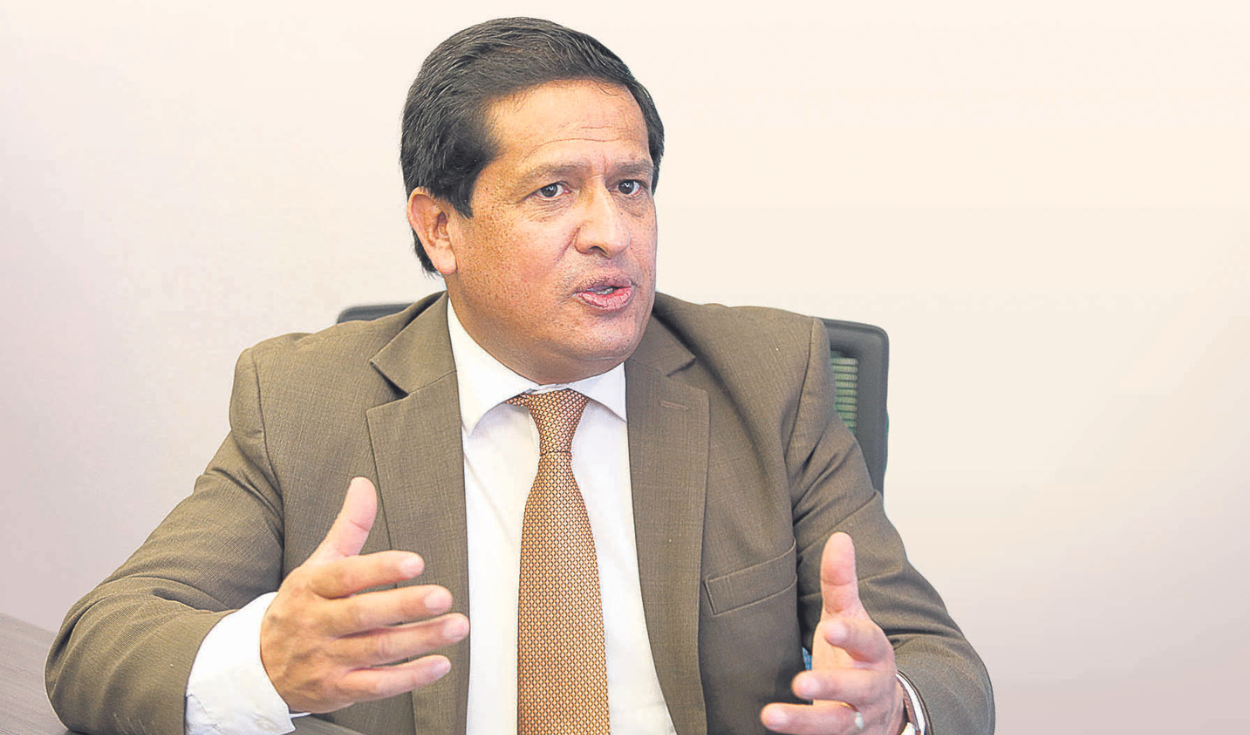
In a scenario of high interest rates to contain inflation, the municipal banks ask the BCRP to end the restrictive credit policy, since it puts mypes, which are the business DNA of the country, in check. In addition, they demand more direct policies compared to Reactiva and the FAE to keep the sector afloat.
-How do municipal savings banks face the recession?
-It is a very complicated context because we will grow, in the best of cases zero (percent). Although we have emerged from several shocks such as Cyclone Yaku and social tension, in terms of profits, the results show that they have decreased by 20% in annual terms.
-What factors explain the drop in savings banks’ profits?
-One is the lack of active interest rates that have not risen. Due to the expensive anchorage, the microfinance they have not been able to transfer these higher funding costs to active rates; something that does not happen with banks that have a different behavior in terms of profits. Our margins have been reduced and the hardest hit are the mypes. There is a compliance problem in the payment chain in mypes.
-There is more late payment…
-Although delinquency is extremely contained, it has grown 1% at the system level. Some loans have been refinanced, but let’s say that if the charge increases, so does the delinquency rate. These greater risks assumed in this depressed sector invite us to supply more, although it is complicated because people have lost their income due to inflation and the rising cost of living; and salaries have not increased.
-If you notice a payment problem in the sector, do you ask that the BCRP successively reduce the interest rate?
-Yeah. The Central Bank cannot keep up with the pace of the world economy because here we have a problem with a very large sector of the economy and the social-business fabric: 95% are mypes, they also generate 80% of employment in the country and contribute almost 30 points GDP. This sector must be attended to because a recession process has been created that is hitting the companies of those from below.
-How many mypes have been in danger?
-We believe that with the pandemic 3 million mypes fell, and this year due to the situation that the country is experiencing, at least 50,000 more mypes have left the market. It means a loss of one and a half million jobs because each mype generates an average of three jobs. Credit has now been restricted and this has the effect of further cooling the economy.
-Programs such as Reactiva, FAE and Impulso a las micros were undertaken. What solution do you propose to energize the sector?
–We need the State to attend to the financial arm of the mypes. All the participation that the mypes sector has is the municipal savings banks with 40% of the loans and to deepen the credit, an injection of S/1,000 million must be given to leverage the municipal savings banks and the credit they give to the mypes .
-And the most tangible effect of this leverage?
-With these S/1,000 million, loans would be placed to mypes that require working capital to reactivate. It would impact 2 million 500,000 mypes with an average ticket of S/5,000. It is an urgent measure to not leave them alone. The problem is that there has been no impact with Reactiva or the FAE which are very different measures. We have to go directly to the vein for this segment to perform.
-The Executive proposes that the savings banks also enter the pension fund market. What are you waiting for?
-It is a positive opportunity because it is a new model. In Peru we know that 80% is informal and who is closest to this segment?: the municipal fund. We are going to enter to include the independent and informal ones, giving them greater profitability. This pension management requires a whole special technology and portfolio, and we are prepared to be able to enter.
-The strength of the funds to administer pensions is questioned. Will they be up to the task?
-They say that because they don’t want there to be other actors in the market because that has been their private market and they have only reached 20% of the population. Progressively, a universal pension system will be reached where in the long term everyone has a pension and the savings banks are going to play a fairly broad role, but logically, not even the banks like that, because the banks also own the funds. AFP.
-About the credit cards from the tills, will any more be released this year?
-Caja Cusco already has the product. Caja Arequipa and Huancayo will have a white march in December.
Source: Larepublica
Alia is a professional author and journalist, working at 247 news agency. She writes on various topics from economy news to general interest pieces, providing readers with relevant and informative content. With years of experience, she brings a unique perspective and in-depth analysis to her work.












